A complete guide to the basic planting techniques of bonsai potted plants. Collect them now to take good care of them.
After ornamental plants are raised in seedling beds, they are transplanted into containers for cultivation. Or after the ornamental plants have grown in containers for a period of time, due to the continuous growth of the plants themselves and the increasing number of root systems, the original size of the flowerpots is not suitable for the growth of the seedlings, or the original potting soil lacks nutrients, it is necessary to take cultivation measures such as transplanting, repotting, and rotating pots.
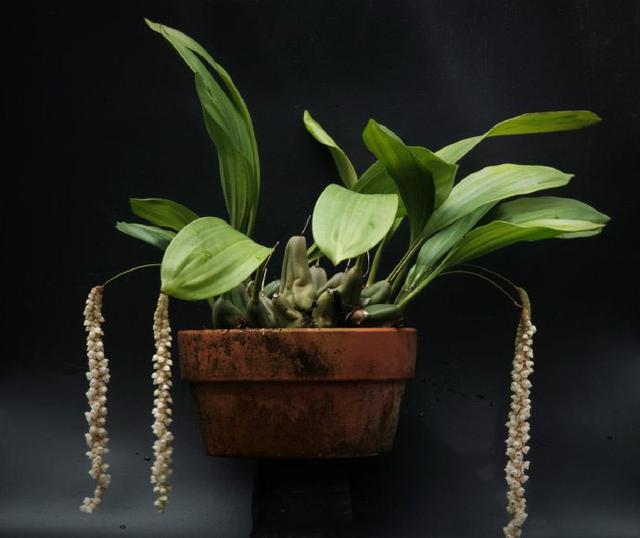
1. Put it in the basin
The seedlings grown in a nursery or seedbed are transplanted into pots for further cultivation, which is called potting.
1. Choose a pot that is the right size for the seedlings. When potting, avoid using large pots for small seedlings or small pots for large seedlings.
2. When filling the pot, first cover the drainage holes at the bottom of the pot with one or several pieces of potting debris (window screens can be used for shallow pots), then add a layer of coarse substrate, and then a layer of ordinary substrate. Place the seedling in the center of the pot, add soil around it and compact it by hand from the edge of the pot to the center. It is not advisable to plant too deep, and the pot soil should not be filled too full. Generally, the pot surface should be about 1.5 cm away from the pot mouth (commonly known as leaving a rim) to facilitate watering and fertilization.
3. Watering: Water the plants immediately after potting them. Make sure to water them sufficiently. Generally, water them twice in a row until you see water flowing out of the drainage holes.
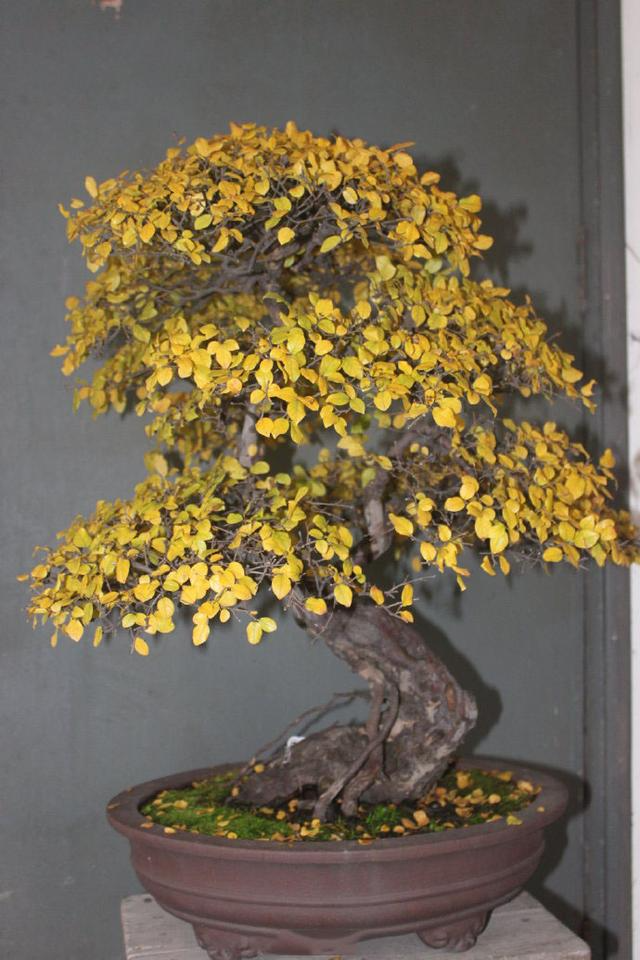
2. Repotting: The operation of changing a potted plant to another pot is called repotting.
There are two situations in which potted plants need to be repotted: First, as the seedlings grow, the root system is restricted in the pot.
If the roots come out of the hole in the pot or appear above the soil, the plant should be promptly moved from a small pot to a large pot to expand the nutritional area of the root system, which is conducive to the continued healthy growth of the plant. Secondly, due to years of growth, the physical properties of the matrix in the pot have deteriorated and the nutrients are poor, or the matrix is filled with old roots and the plant's absorption capacity has decreased. At this time, repotting is only to trim the root system and replace new matrix.
When changing a small pot to a larger one, you should gradually change to a larger pot according to the current size and growth rate of the plant, and it is not advisable to change to a pot that is too large at once. If the pot is too large and the seedlings are small, it is difficult to control the water content, which can easily lead to poor ventilation and affect growth. Annual and biennial flowers grow rapidly in the greenhouse, and generally need to be repotted 2 to 3 times before flowering. Perennial flowers are usually repotted once a year, and woody flowers are usually repotted once every two to three years, depending on the type.
ps: Perennial and woody flowers are usually repotted in autumn when growth stops, or in spring before growth begins. Evergreen species can also be repotted in the rainy season. If the greenhouse conditions are suitable and the management is thoughtful, repotting can be done at any time. However, it is not advisable to repot when the flower buds are forming and the flowers are in full bloom.
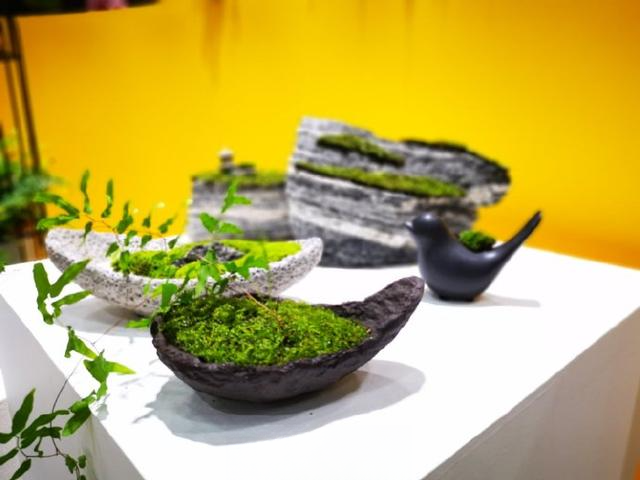
3. Depotting: Taking the plant out of its original pot is called depotting.
When removing the plant from the pot, press the base of the plant with one hand, lift the pot upside down, and tap the edge of the pot with the other hand to remove the soil ball. For some larger flowers and trees, you can put the pot on its side, gently hold the base of the plant with both hands, and gently kick the edge of the pot with your feet to remove the soil ball. Then treat the soil ball according to the plant species and years of cultivation. When repotting one or two-year-old flowers, the soil ball is generally not treated. For perennial flowers, remove part of the old soil on the shoulder and around the original soil ball, and cut off all the old roots, dead roots, and curled roots outside the soil layer. Perennial flowers can be divided in conjunction with repotting, or repotted in conjunction with division propagation.
When repotting woody flowers, you may need to remove the matrix outside the soil ball. Generally, the removed part should not exceed 1/3 of the soil ball, and the exposed old roots and diseased roots should be cut off. When potted plants are not suitable for repotting, you can shovel away the old soil on the surface and shoulders of the pot and replace it with new soil, which also has the effect of repotting. After repotting, keep the soil moist and place it in a shaded place for maintenance. Because the root system is injured during repotting and the water absorption capacity is weakened, the potting soil should not be too wet. Excessive watering can easily cause the root injury to rot. After new roots grow, gradually increase the amount of watering. The potting soil should not be dry when repotting for the first time, otherwise it is easy to die after repotting.
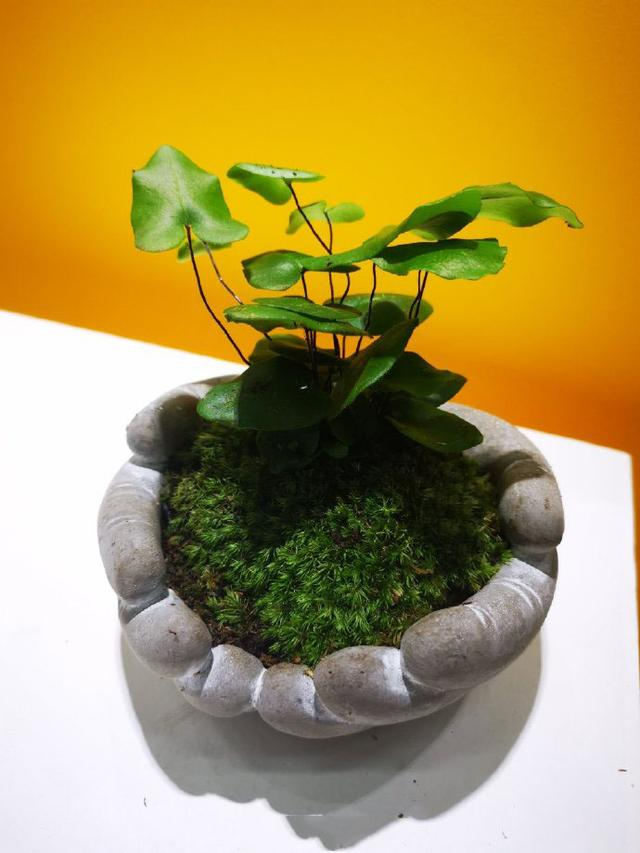
4. Rotate the pot
Rotating pots means changing the direction of potted plants. If potted garden plants are placed in a single-roof greenhouse or near a window in the house for too long, the plants will tend to grow in the direction of the light and lean to one side. In order to prevent the plants from growing in a biased direction, the direction of the flower pots should be changed after a certain number of days. For potted flowers placed outdoors, timely repotting can prevent the roots from penetrating into the soil from the drainage holes.
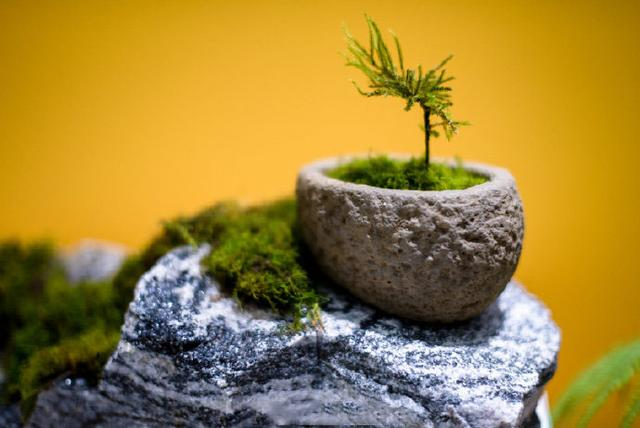
5. Repotting means adjusting the position of potted plants in their growing environment and the position between potted plants.
There are two situations where potting is required. One is that after a period of growth, the width of the potted plants increases, causing crowding between plants. In order to increase the distance between plants and improve ventilation and light conditions, potting must be done. If potting is not done in time, it will be harmed by pests and diseases and cause the plants to grow too tall. The second is that in the greenhouse, the location of potted flowers is different, and the influence of environmental factors such as light, ventilation, and temperature is also different, resulting in differences in the growth of potted flowers. In order to make the growth of plants consistent, it is necessary to frequently turn the pots to adjust the growth of the plants.
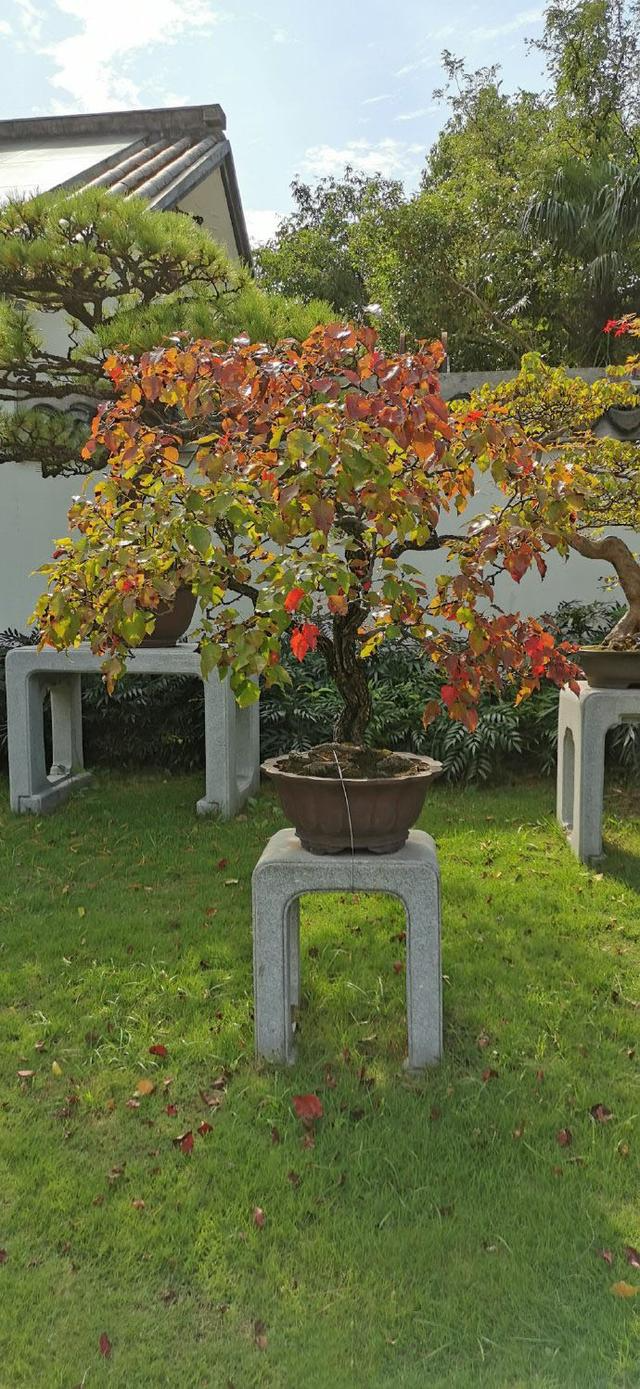
5. Loose soil
Loosening the soil in the pot can loosen the soil surface, facilitate air circulation between the pot and the outside world, and remove moss and weeds. Loosening the soil in the pot can be done with bamboo strips and a homemade small iron rake.
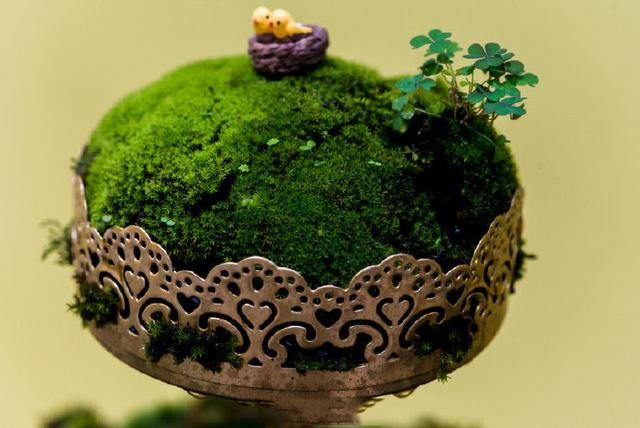
6. Watering. Water management in container cultivation is a very important and meticulous task, and is one of the main important factors to ensure the normal growth of plants.
1. Different plant types require different watering amounts
Ferns, orchids, and begonias require abundant water during their growth period.
Succulent plants require less water. Different species of the same plant have different water requirements. For example, among ferns, Nephrolepis nephrolepis only needs to keep the soil moist in a room with low light, while the maidenhair fern requires the flower pot to be placed in a water tray.
2. Plants have different water requirements at different growth stages. When plants enter dormancy, watering should be reduced or stopped depending on the plant species. From dormancy to growth, watering should be gradually increased. During vigorous growth, watering should be sufficient. Watering should be properly controlled before flowering, increased appropriately during peak flowering, and reduced appropriately during fruiting.
3. Plants have different water requirements in different seasons
In spring, when the weather gets warmer, before taking potted plants out of the house, you need to strengthen ventilation and exercise. At this time, you should increase the amount of watering. Water the grass and flowers every 1 to 2 days; water the flowers and trees every 3 to 4 days.
In summer, most potted plants are kept under shade sheds. However, due to the hot weather, the evaporation and transpiration of plants are still large, so water them once in the morning and evening every day.
In autumn, when the weather turns cooler, potted plants placed outdoors can be watered every 2 to 3 days.
In winter, potted plants are moved into the greenhouse. Potted flowers in low-temperature greenhouses (such as triangular flowers) are watered every 4 to 5 days; potted flowers in medium-temperature and high-temperature greenhouses are generally watered once every 1 to 2 days; in greenhouses with sufficient sunlight and higher temperatures, watering is required more often.
4. Watering time
In summer, the best time is before sunrise in the morning or after sunset in the evening, and in winter, the best time is between 9 and 10 am.
5. Watering principles
Water only when the pot soil is dry, and water thoroughly, commonly known as "dry through and wet through". Avoid insufficient watering for many times, only wetting the surface of the pot soil, forming "waist-cut water".
In addition to watering with a watering can, you can also use sprinkler irrigation, drip irrigation, immersion pot and other methods. Immersion pot means to immerse the plant in water and allow the water to naturally seep into the pot soil from the drainage holes at the bottom of the pot.
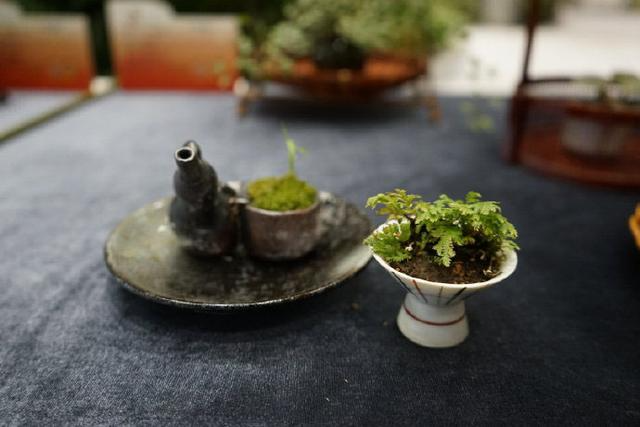
7. Fertilization
In addition to applying some basal fertilizer when potting, ornamental plants grown in containers also need topdressing during the cultivation process.
3~4 times. For deciduous species, between late autumn leaf fall and spring buds, and for evergreen species, before the vigorous growth period, combined with repotting and topdressing.
1-2 times; topdressing 1-2 times during the vigorous growth period; the last topdressing is done in August-September. Topdressing is mainly quick-acting fertilizer. The principle of fertilization is to apply thin fertilizer frequently.